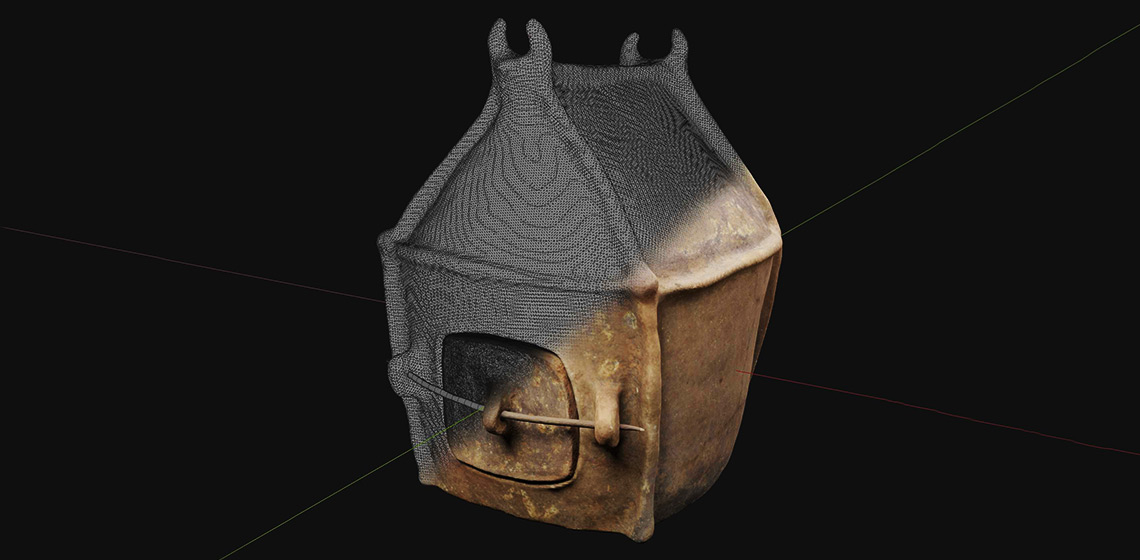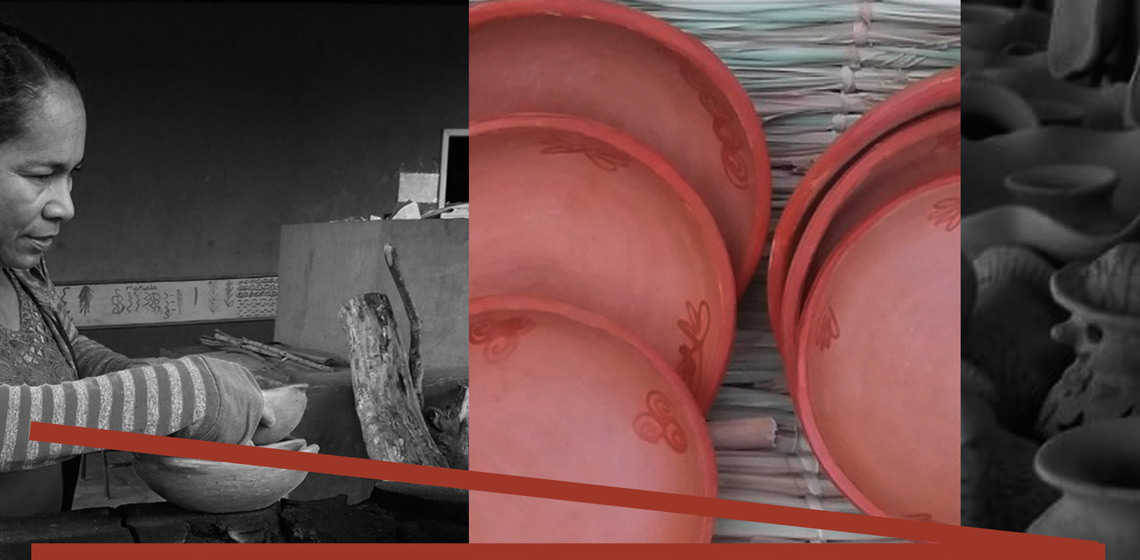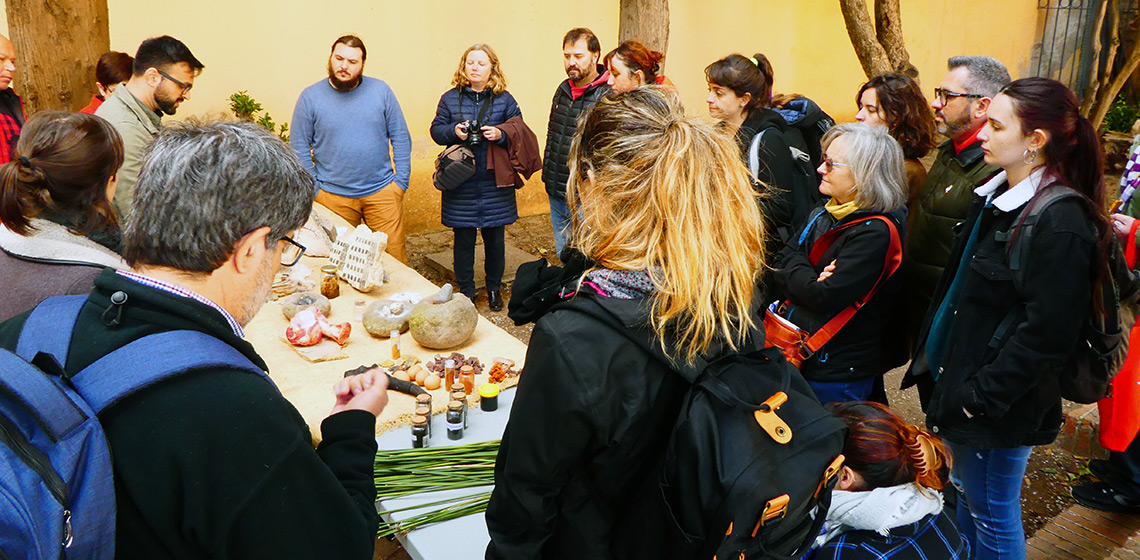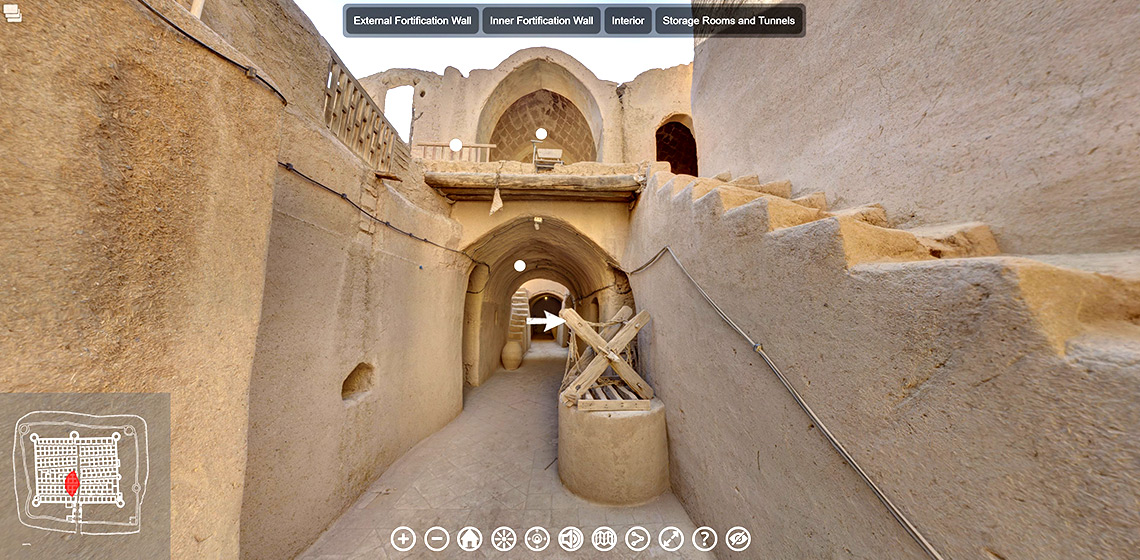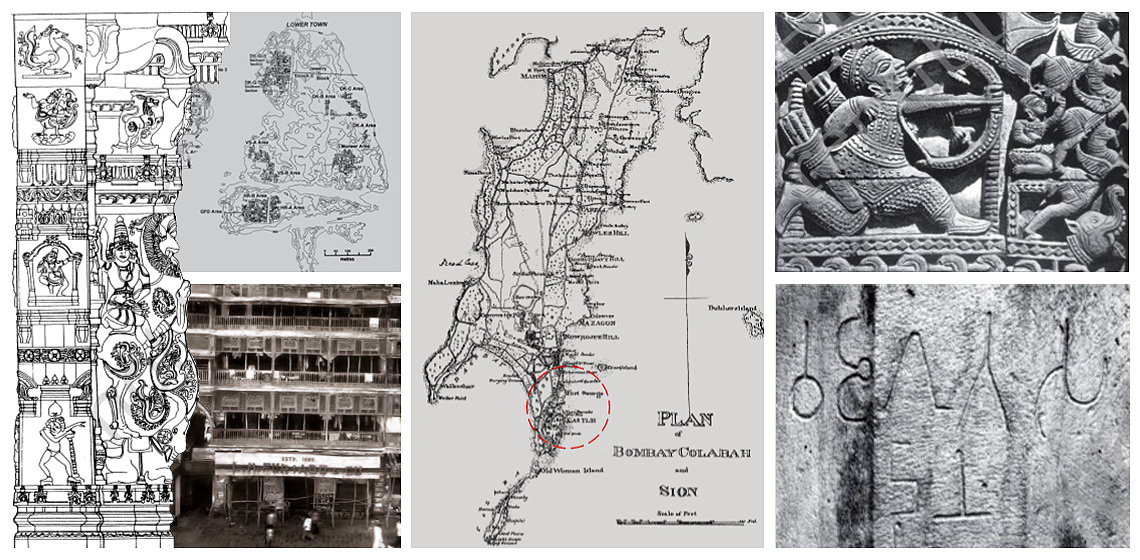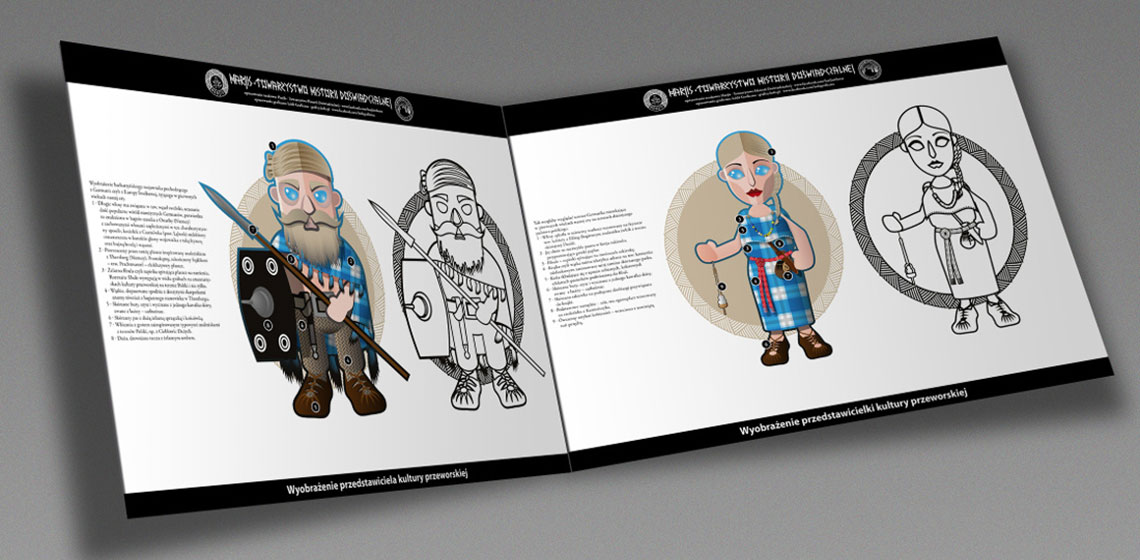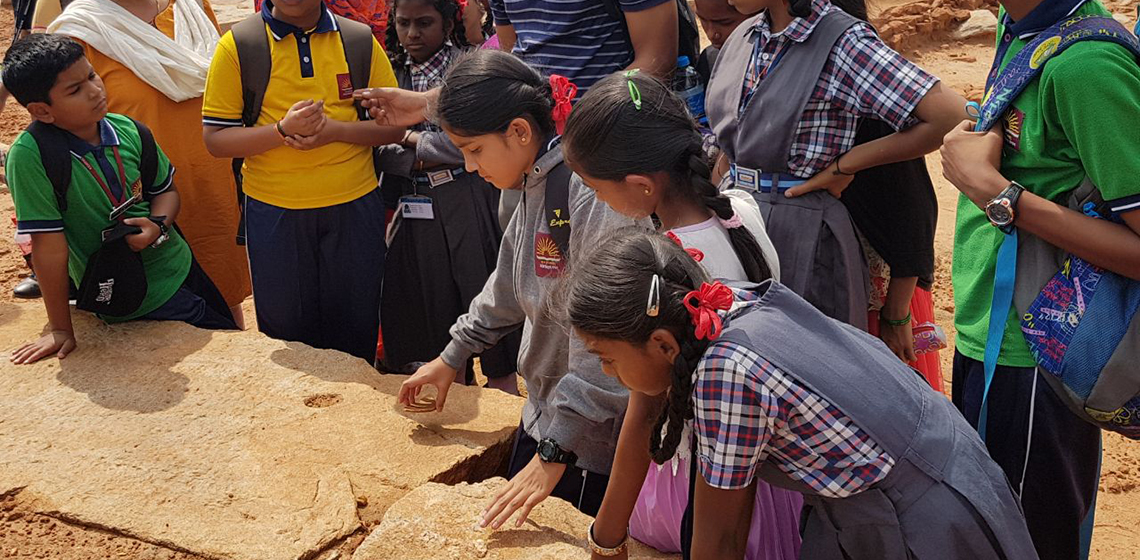Interpretation
Blending the Material and the Digital: A Project at the Intersection of Museum Interpretation, Academic Research, and Experimental Archaeology
The Development of the 1st Cultural Exchange of Traditional Knowledge and Experimental Practices of the Peruaçu River Basin
Introduction
The Peruaçu National Park is a nature conservation unit located in the environs of the Peruaçu River basin, in the North of the State of Minas Gerais, and it preserves an area for the Cerrado biome of Brazil. The Cerrado is an area of 2 million square kilometres and is the second largest biome covering the Brazilian territory. However, just 20% of it is preserved. The region of the Peruaçu National Park belongs to this preserved 20%. On it is one of the most important archaeological sites of rock paintings in the state of Minas Gerais.
Experimental Archaeology in the Museum of Archaeology of Catalonia
***The Museu d'Arqueologia de Catalunya (MAC) was created under the Museums of Catalonia Act in 1990 by the Department of Culture of the Government of Catalonia. Its foundation dates back to 1932. The museum carries out various activities related to Experimental Archaeology projects in the fields of both education and research...
Digital Saryazd: Increasing Tourist Engagement Using Digital Documentation
Experimental Archaeology and Tacit Learning: Textiles in the Classroom
Indian Students’ and Teachers’ Perceptions and Attitudes to Archaeological Content in History Textbooks
Introduction
It is well accepted that using real evidence/primary sources is an important criterion in the teaching and learning of history. The focus in classrooms in many parts of the world has already moved to using both primary and secondary sources instead of solely using school textbooks, which has made the teaching and learning of history much more useful, joyful, and productive. Archaeological remains form one of the most important of primary sources.
Popularisation of Experimental Archaeology in the Activity of Harjis - Project under the Patronage of the Institute of Archaeology of the University of Lodz (PL)
What is The Society of Experimental Archaeology Harjis?
Our group, the Society of Experimental Archaeology Harjis has been informally active since 2009. In our first active years we focused mainly on the popularisation of archaeology. For the last three years the primary direction of our activities concentrated on widely understood experimental archaeology. Thanks to this attitude we have gained the official patronage of the Institute of Archaeology of the University of Lodz.

